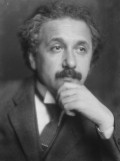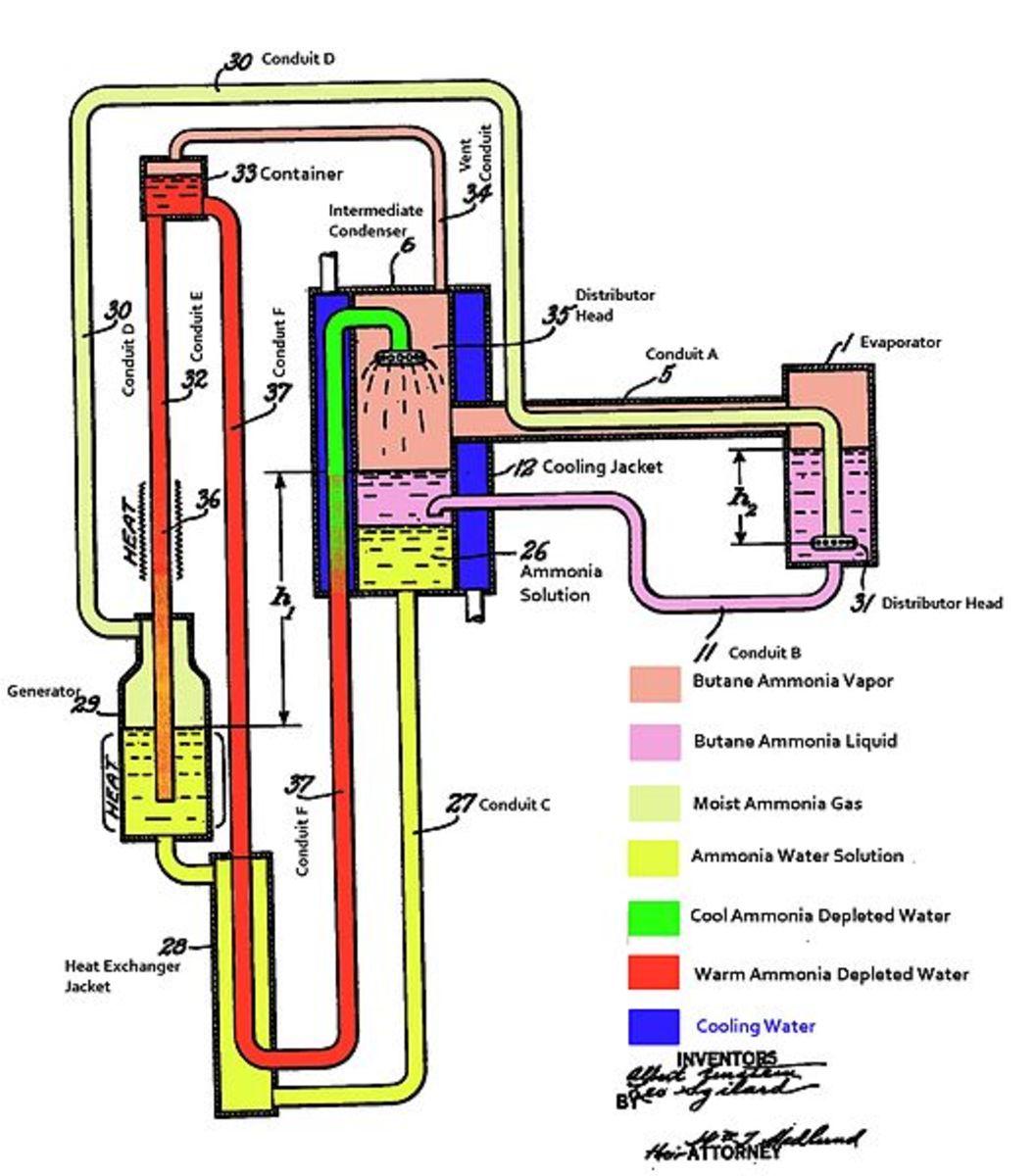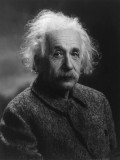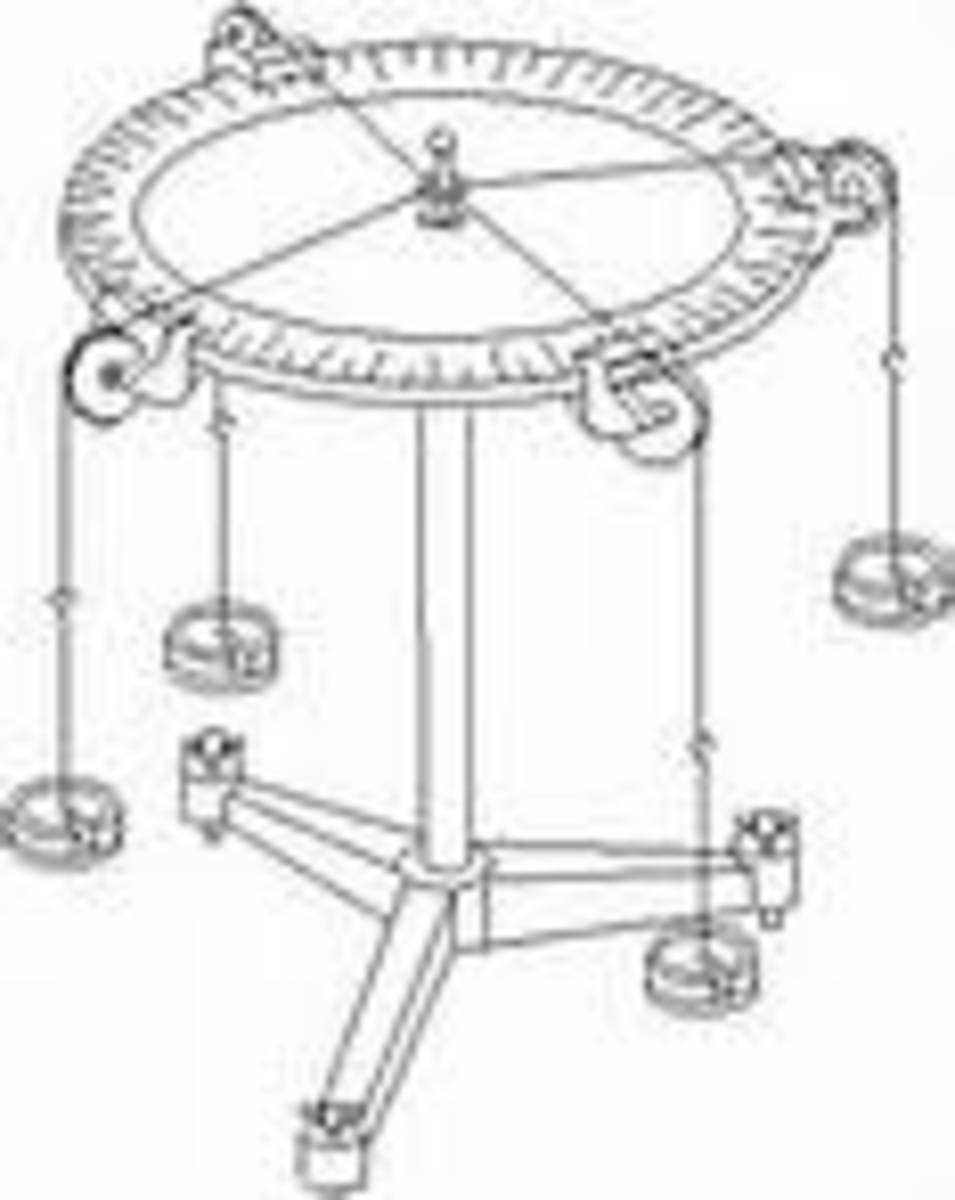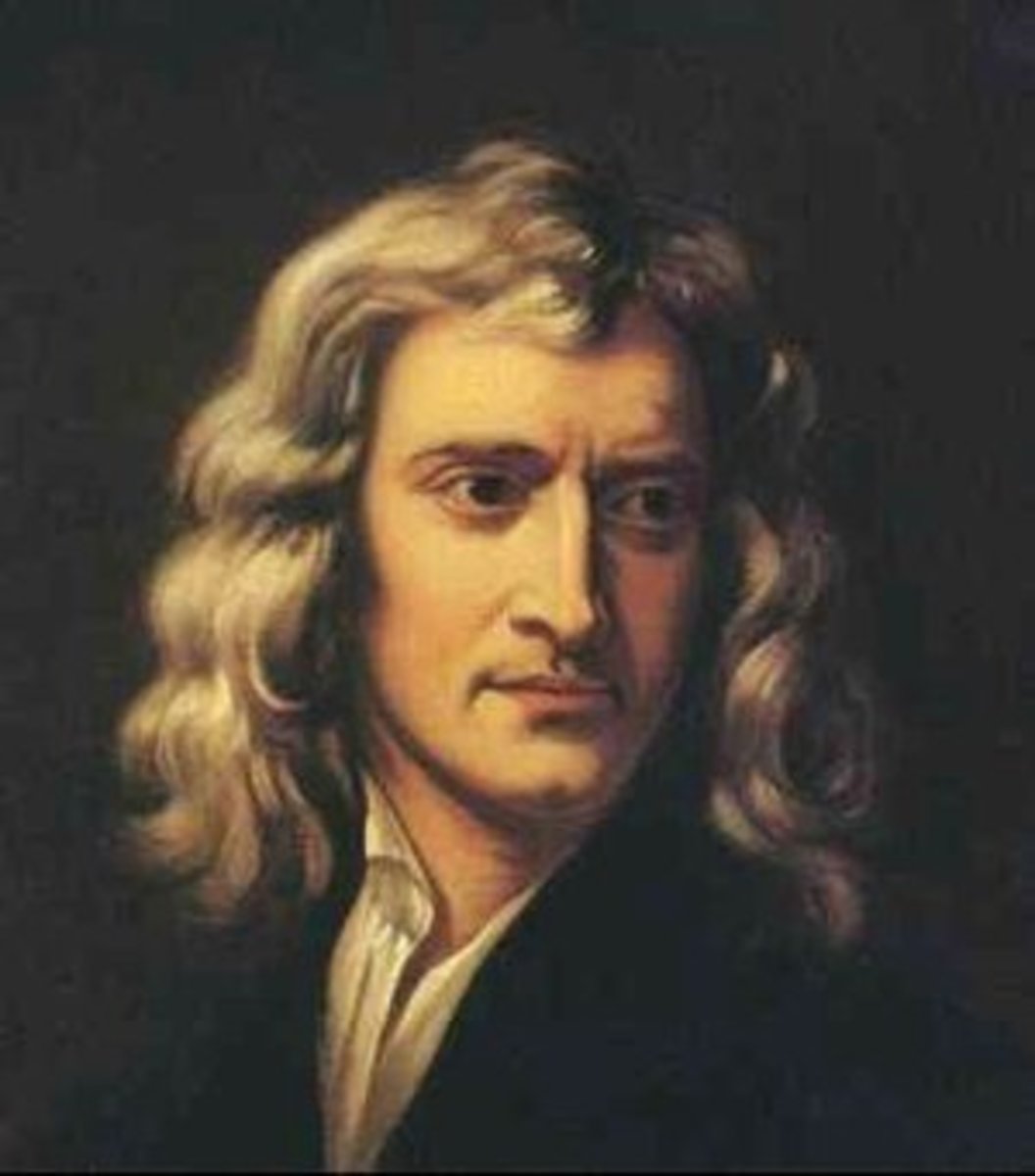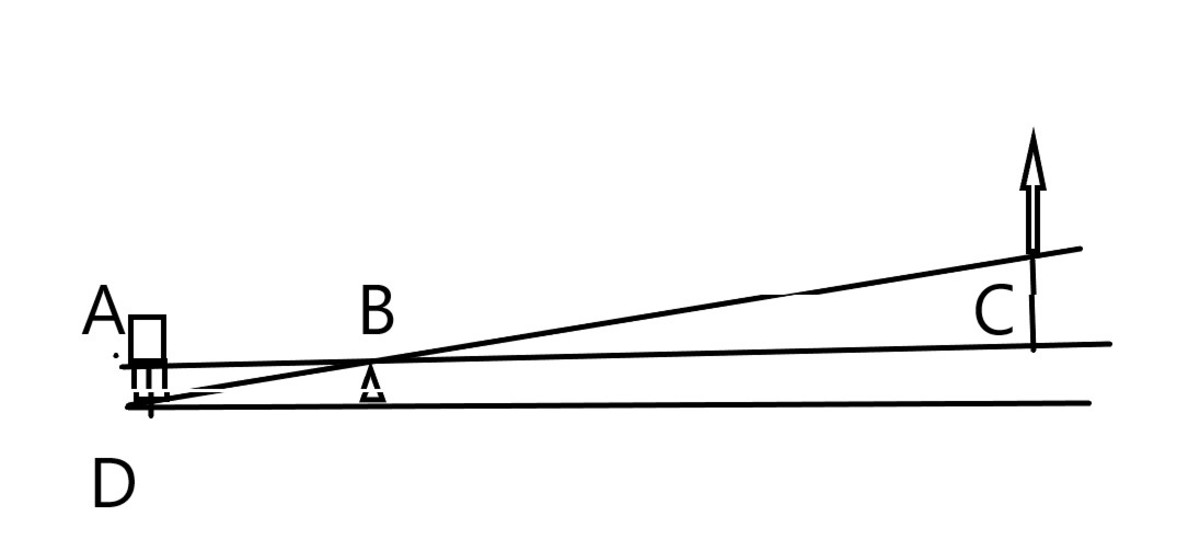Dead sea scrolls of physics
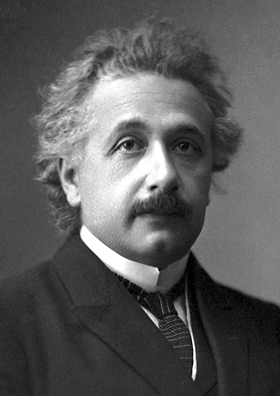
Albert Einstein documents
Thousands of documents which belonged to physicist Albert Einstein, that compose a collection called “Dead sea scrolls of physics”, can be read online for free according to nytimes.com.
Since 1986, publisher Princeton University Press and The Hebrew University from Jerusalem, which received copyrights through Albert Einstein’s will, have initiated a huge program to study the 80000 document legacy left by the famous physician.
Already online
Any person who can access the internet can read the “Digital Einstein” archive, which contains letters, notes and journals of Albert Einstein. The documents were discovered at the Pinceton University, in other archives, but also in the attics of some houses in old shoe boxes, after the savant died in 1955.
The Einstein Paper Project, coordinated by Diana Kormos-Buchwald, physics and history of science professor at California Institute of Technology, published 13 printed volumes with these documents already from a total of 30.
The volumes contain about 5000 documents about Einstein’s life and activity up until 1923, when the scientist was 44 years old. They represent numerous essays, foot notes, and personal notes that detail the politic, personal and cultural life of the rewound physician.
A separate set of volumes, printed in paperback versions, contain English translations of these materials. Digital versions of many scientific papers and letters from Einstein were published online on the site Einstein Archives, administrated by the Hebrew University of Jerusalem.
According to Diana Kormos-Buchwald, the visitors of the new site Digital Einstein can read both the English and German versions of the texts. They will be able to read the love letters Einstein wrote, read his divorce papers, transcript and the drafts which he used to elaborate the general relativity theory but also letters to one of his best friends, scientist Michele Besso.
The 14th volume which contained 1000 documents will be printed in January. Its digital version is already available in the site: einsteinpapers.press.princeton.edu
Albert Einstein published in 1905 the special theory of relativity, completed in 1915 together with the general theory of relativity; theory in which he claims that time accelerates or slows down according to the movement speed of an object in space, relatively to another object.
Einstein’s theory of relativity was the source of many science-fiction movies, which base on the distortion of space and time. Albert Einstein was rewarded in 1921 the Nobel Prize for physics.


